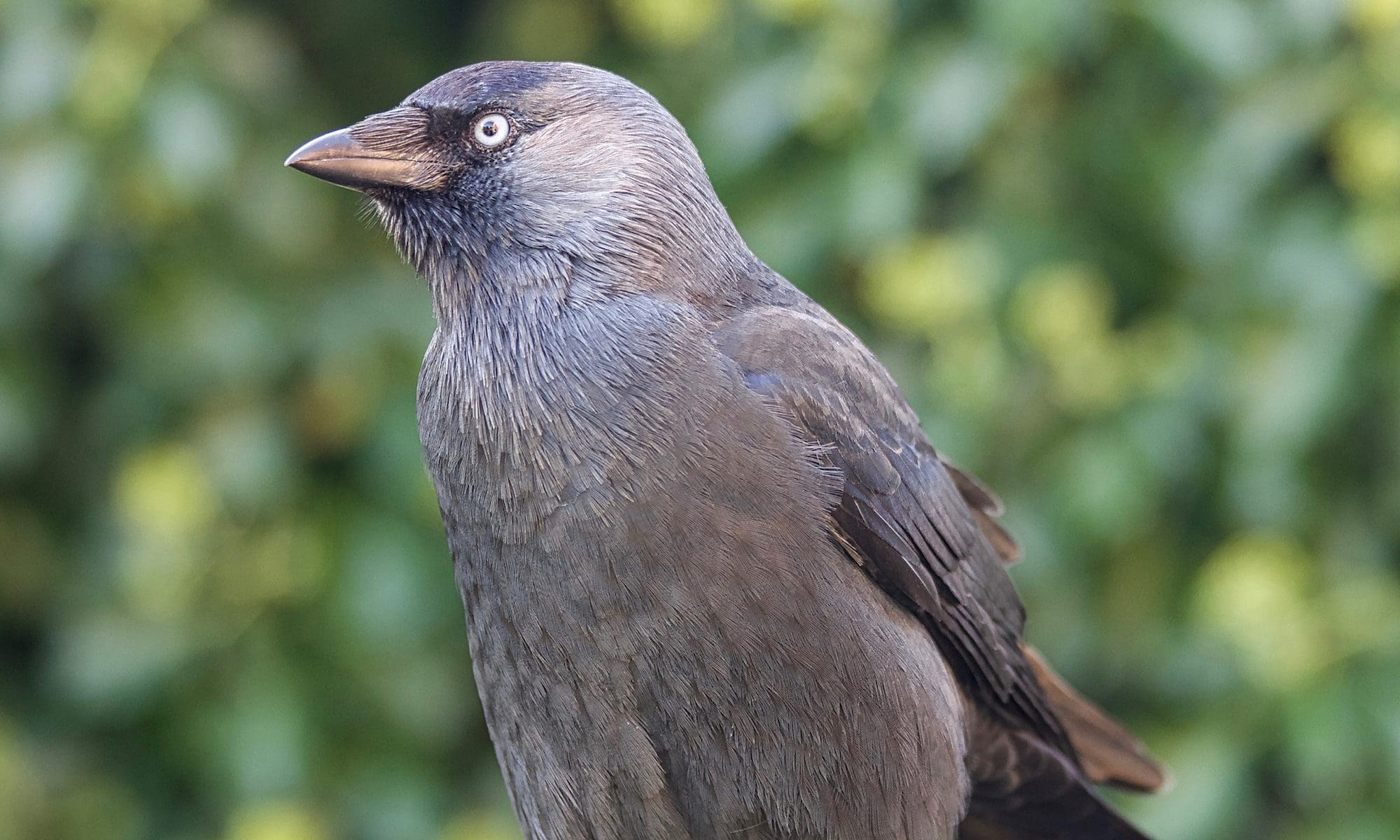First Aid For Birds – First Aid Measures
Encouraged by the high volume of incoming queries, messages and emails, it seemed to be a good idea and not too late for another blog post to address first aid and emergency care measures, which are likely to be relevant for all native rescue bird species including corvid nestlings and fledglings.
First Aid For Birds – How To Help Your Local Wildlife Rescue
Introduction
Rescuing, rehabilitating and subsequently releasing wild animals is thought to be very much rewarding. And the truth is that it is. But as always, there are two sides to every story. Helping animals in distress does also mean to care for terminal ill animals, to make tough decisions in the interest of the animal concerned, to take responsibility and to constantly review and adapt working practice. However, being involved in wildlife rescue and rehabilitation also means, amongst other things, to interact with people who have found animals in need of help, to collaborate with volunteers or to liaise with members of the public during fundraising and educational events. Interestingly, in the view of many rehabbers, these interpersonal interactions are often regarded as the most difficult part of wildlife rescue and rehabilitation.
Continue reading “First Aid For Birds – How To Help Your Local Wildlife Rescue”
First Aid For Birds – How to Know If A Bird Is Sick
Wild animals, and in particular birds, will try very hard not to show any signs of disease or of being unwell. This survival strategy makes it often difficult to actually notice that a bird is ill or injured. This common problem can lead to a delay in treatment, which sadly often means that with progressing time it becomes more difficult or even impossible to save the animal. To establish whether a bird is diseased or not, it is necessary to closely observe the animal in question, sometimes for a longer period of time. In any case, if the bird is not in immediate danger, then observing the bird from a safe distance is usually very informative. Whilst observing the bird, it might also be a good idea and the right time to get in touch with a local rehabber or wildlife rescue to obtain expert advice or assistance.
Continue reading “First Aid For Birds – How to Know If A Bird Is Sick”
First Aid For Birds – Who To Help And Who To Leave Alone
Not every ‘baby’ bird found needs to be rescued. A large number of fledglings are scooped up by well meaning people and brought to wildlife rescues and veterinary surgeries, who do not need to be rescued at all. The difficulty is to decide, who does need help, and who doesn’t. This blog post tries to address some of the common scenarios one is likely to encounter. If in doubt, and the bird is not in immediate danger, then please stay with the bird and contact your local wildlife rescue to get expert advice. It is important to remember that the natural parents are always the best parents. Even the best wildlife rescue with the most experienced rehabbers will not be able to match the knowledge and expertise of natural bird parents.
Continue reading “First Aid For Birds – Who To Help And Who To Leave Alone”






